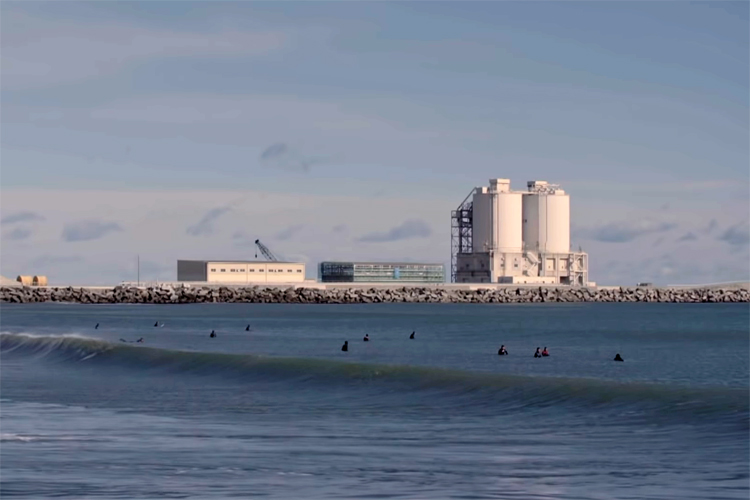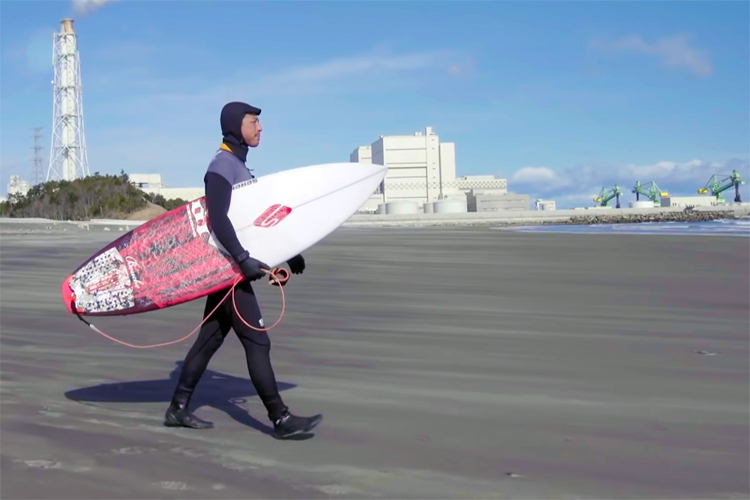On March 11, 2011, surfing was banned from the beaches of the Fukushima Prefecture.
A magnitude-9 earthquake occurred off the Pacific Coast of Japan triggered a tsunami that killed over 18,000 people. As a result, three reactors at the Fukushima Daiichi Nuclear Power Plant exploded.
After the tsunami and the nuclear meltdown, the region became a no-go zone, threatened by high levels of radiation. In other words, Fukushima was not a safe place; it was a forbidden city.
But, despite becoming a radioactive territory, there has always been a hardcore group risking their lives in the contaminated waters. They have never left the breaks; they kept loyal to their waves.
Seven years after the tragedy, there is good news, and Fukushima is ready to write a new chapter in its life.
According to recent reports, the current level of radioactivity has been dramatically lowered, the nuclear station is in a stable state, and the construction of an underground ice wall has successfully blocked pollution.
The authorities allowed residents to return to their homes in the neighboring communities of Nahar and Tomioka, even though they're still pretty much ghost towns where nothing really happens.
Fortunately, there seems to be a future for the lands of Fukushima. Over 700 million cubic feet of radioactive soil - the equivalent to 8,000 swimming pools - has been collected in the region and loaded into large black plastic bags.
The coastal region is getting cleaned up, and people are slowly returning to their old homes and businesses.

Surfing in Fukushima Before Tokyo 2020
The Olympic channel released a short documentary on the return of surfers to Fukushima, seven years after the disaster, and two years before the sport makes its historic debut in Tokyo 2020.
The truth is that the coast of Fukushima has always pumped some of the best waves Japan has to offer.
"Fukushima means 'Happy Island." I believed it as well. I am glad to be born in a place with great Nature and waves. In Fukushima, we get the best waves in Japan," notes Shigenori Suzuki, a local surfer.
In the past, Suzuki ran a local surf shop with his wife. But the nuclear disaster forced him to close his business and leave the region. He became a truck driver to help rebuild his hometown.
"Waves are always coming here, and surfers rarely fight for good waves. The atmosphere is cozy, and we welcome anyone. We all have a good time here," says Shigenori Suzuki.
Locals believe surfing will help bring tourists back to Fukushima. They have created a non-profit organization - Happy Island Surf Tourism - that will run contests and other events.
"The disaster had a huge impact on our lives. Fukushima would have surely been selected as the surfing venue for the 2020 Summer Olympics," adds Hideki Okumoto, a professor at the University of Fukushima.
But the future of surfing in Fukushima looks bright. Hopefully, the sport will become one of the main local attractions, and the region will rise from its former radioactive ashes.
Take a look at top surf spots threatened by nuclear power plants.
